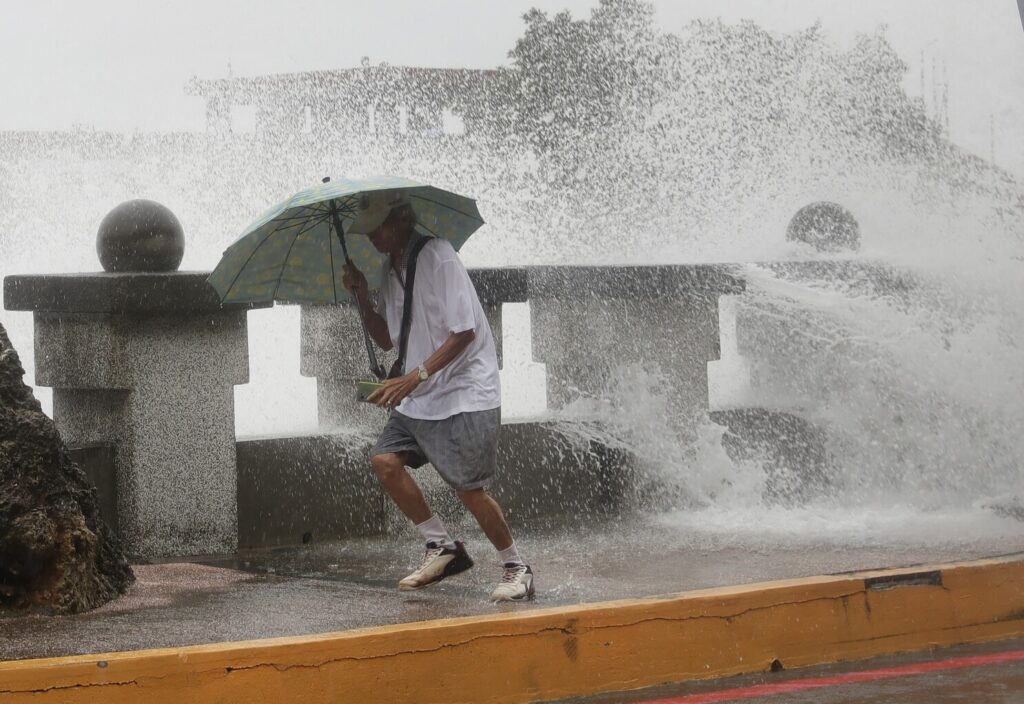Thousands of residents were forced to evacuate their homes on Sunday as Typhoon Matmo battered China’s southern coast with destructive winds and heavy rainfall. According to state broadcaster CCTV, the storm made landfall at around 2:50 p.m. local time (0650 GMT) in Guangdong province, bringing winds exceeding 150 kilometers per hour (93 mph).
Authorities shut down public transport, construction sites, and coastal businesses in key cities including Haikou, Wenchang, Zhanjiang, and Maoming. In the neighboring Guangxi region, the city of Beihai announced a suspension of work, classes, and transportation as precautionary measures.
By Sunday morning, sea levels in Maoming had already risen dangerously, creating what officials described as a “serious risk of flooding.” Emergency teams were deployed to monitor dykes and drainage systems as torrential rains threatened to overwhelm low-lying areas.
The National Meteorological Centre (NMC) warned that while the typhoon’s intensity would gradually weaken after making landfall, strong winds and heavy rainfall were expected to continue through Monday across parts of Hainan, Guangdong, and Guangxi.
This marks yet another instance of extreme weather striking China in recent months. Scientists have long cautioned that climate change, driven by greenhouse gas emissions, is amplifying the frequency and severity of storms across the globe. China, the world’s largest emitter of greenhouse gases, has acknowledged this growing threat and pledged to achieve carbon neutrality by 2060.
Despite its status as a top emitter, China has become a global leader in renewable energy investment, expanding solar and wind capacity at record levels. Yet, as Typhoon Matmo’s impact demonstrates, the nation continues to face mounting challenges in adapting to the worsening effects of a changing climate.
Residents in the affected provinces have been urged to stay indoors, avoid coastal areas, and follow official updates as authorities continue rescue and relief efforts.

